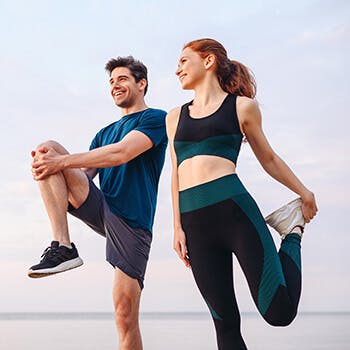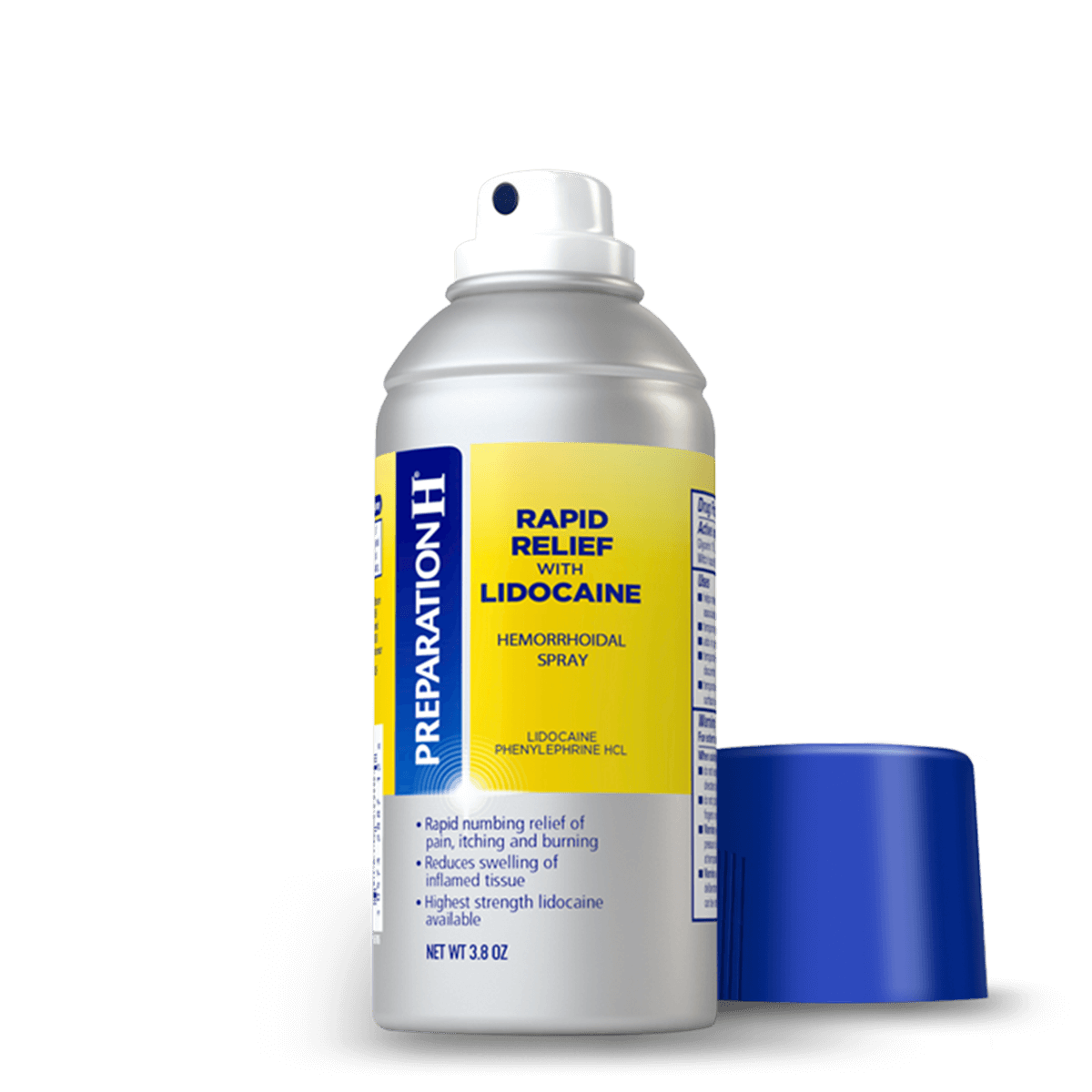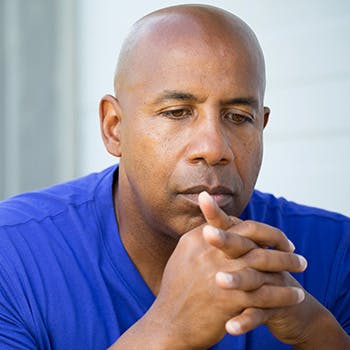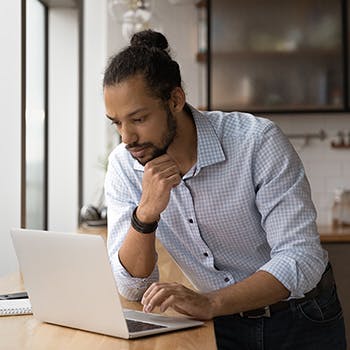How Does Exercise Help Hemorrhoids?

Get up and get moving. Along with a healthy diet, exercise can help ease bowel movements and this, in turn, can help reduce the risk of flare-ups and new hemorrhoids. That's a step in the right direction.
Is It Safe to Exercise?
There is no reason to avoid exercise because of hemorrhoids, unless it is uncomfortable. If an exercise doesn‟t feel right, then choose a different exercise.
If you have had hemorrhoid flare-ups in the past, you may want to avoid exercises that increase pressure in the anal area because that can trigger a hemorrhoid flare-up. Examples of this type of activity are horseback riding or bicycling (because they place pressure on the rectum) and weightlifting (because it causes exertion, straining and bearing down on the rectal area).
WHAT YOU CAN DO
Reduce the Risk of Flare-Ups
Some exercises can help reduce your risk of flare-ups by stimulating bowel function and/or toning the rectal area. Stimulating bowel function limits constipation (a cause of hemorrhoid flare-ups). Exercise that boosts your heart rate increases blood flow to your rectal area. This strengthens supportive tissue (to help prevent flare-ups) and delivers nutrients and oxygen to inflamed areas (to help relieve flare-ups).
Moderate physical activity, such as brisk walking 20 minutes a day, can stimulate bowel function* as well as enhance blood flow and muscle tone. Other beneficial cardio activities include running, swimming and aerobics.
* Harvard Health Publications. “Hemorrhoids and what to do about them.” Harvard Women’s Health Watch, 2004.
Certain exercise, such as yoga, enhance muscle tone and may reduce your symptoms and risk of flare-ups. To strengthen and tone the pelvic and anal muscles, try:
Kegel Exercises
Kegel exercises can help women strengthen the pelvic floor plus anal and rectal muscles—particularly after childbirth. This can help aid in digestion and prevent constipation. To do a Kegel exercise, tighten your vaginal muscles (as you would if you needed to stop urinating midstream), hold it for a few seconds, release and repeat several times. It's a discreet exercise you can do almost anywhere.



